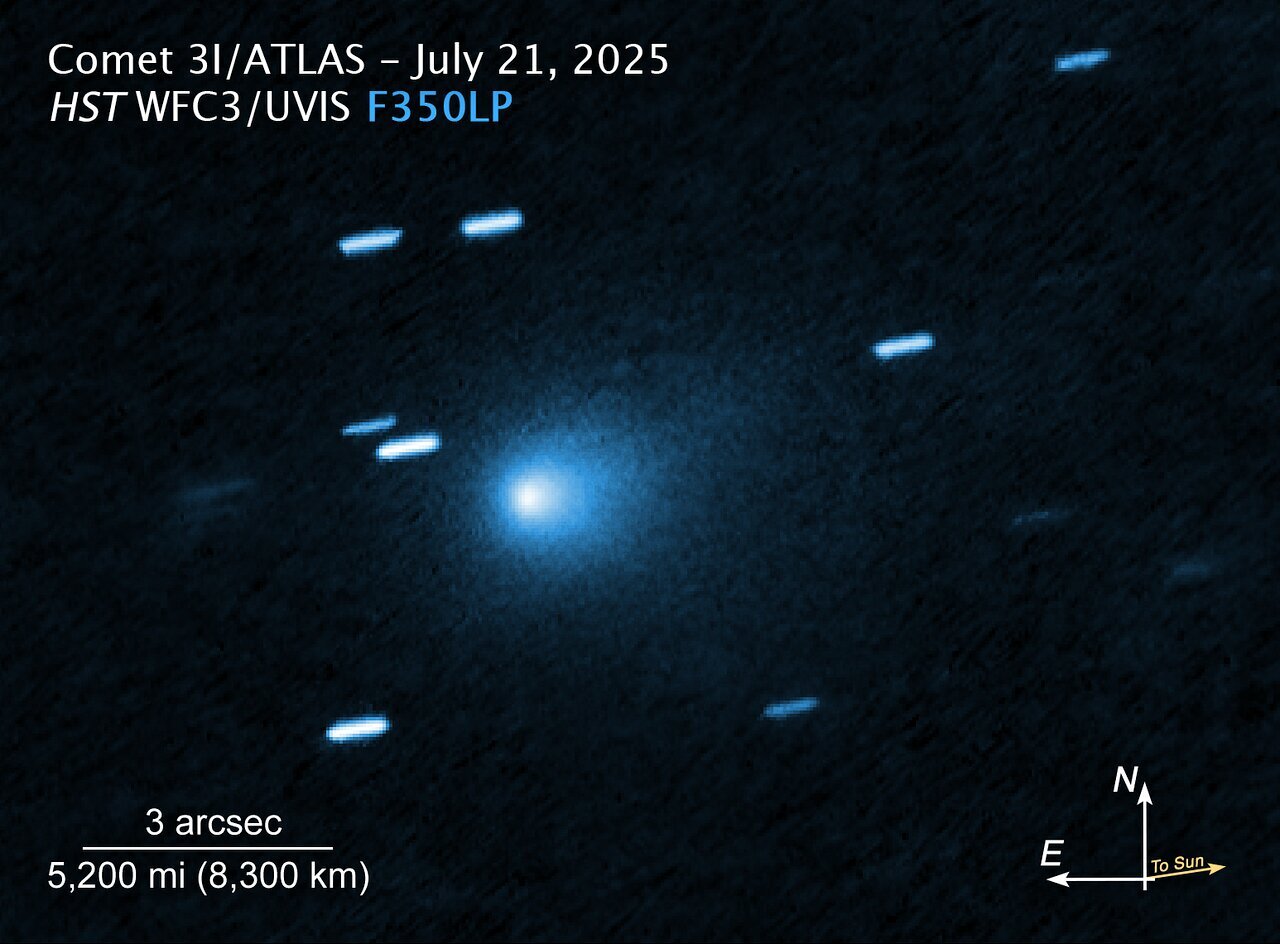
Astronomers propose that the water found in Earth’s oceans, and even that used for your morning brew of coffee or tea, could be older than the sun. Researchers employed the Atacama Large Millimeter Array in Chile to identify a rare type of “heavy water” within the young star system, V883 Orionis, situated approximately 1,300 light-years away. This represents the first direct proof of water enduring an interstellar journey from molecular clouds to materials conducive to planet formation. The water present in V883 Orionis’ planet-forming disk predates the star itself, suggesting that a significant portion of the water in our solar system may derive from ancient ices. Lead researcher Margot Leemker from the University of Milan indicated that this finding marks a significant advancement in comprehending how water arrived in our solar system and possibly on Earth. If water can persist through the stages of star and planet formation, then the components necessary for life might not just be produced by stars but also be sourced from space. The study, published in Nature Astronomy, concentrated on identifying doubly deuterated water, which consists of two deuterium atoms. The elevated levels of this heavy water in the disk of V883 Orionis imply it is inherited rather than being newly created. This suggests that the same water molecules from ancient interstellar clouds can be found in the disk that will eventually form planets, potentially connecting distant space chemistry to the water on Earth. Some scientists theorize that Earth’s water originated from comets and icy bodies, while others believe it came from gases released by primitive Earth. Co-author John Tobin from the National Science Foundation remarked that the study sheds light on whether water in comets and planets originated in young disks or stemmed from ancient clouds. The research may also elucidate how the essential ingredients for life behave in these scenarios, with water remaining stable even in conditions that destroy other molecules.